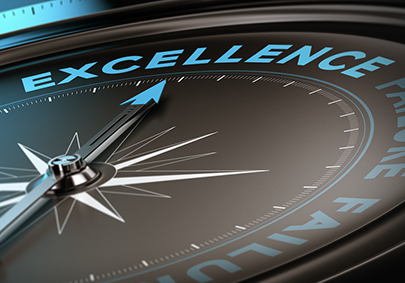The Value of Manufacturing Consultants
The Value of Manufacturing Consultants In the domain of business, every penny counts. So, when you contemplate the cost of hiring manufacturing consultants, it’s only natural to have reservations. You might wonder, “Why not address these challenges internally and save on expenses?” However, the advantages of engaging manufacturing consultants are significant, and they can profoundly impact your business operations. In this article, we’ll delve into the benefits of enlisting a manufacturing consultant, explore the services they offer, and examine key factors to consider before making this crucial decision. The Role of Manufacturing Consultants: Expertise and Services Manufacturing consultants play a pivotal role in advising and enhancing the performance of factories. They bring expertise in various facets of manufacturing, including operations, profitability, management, organizational structure, and strategy. By selecting the right manufacturing consultant, businesses can acquire the skills and knowledge necessary to bolster their bottom line. Here are a portion of the central administrations they give: 1. Analyzing Production Processes Manufacturing consultants meticulously scrutinize your production processes to pinpoint inefficiencies, identify bottlenecks, and unearth areas ripe for improvement. 2. Employee Training for Enhanced Efficiency They offer training to your employees, equipping them with the skills needed to boost efficiency, productivity, and product quality. Incorporating real-life examples, case studies, or testimonials can provide tangible evidence of the effectiveness of manufacturing consultants, bolstering the credibility and persuasiveness of your content. The Benefit of Assembling Specialists: A Money saving advantage Examination To find out whether employing producing experts is a shrewd venture, it’s basic to evaluate the likely profit from speculation (return on initial capital investment). For example, in the event that an assembling expert helps your organization in lessening revamp from 20% to 5% this translates into lower material costs, decreased labor expenses, and improved delivery times. Similarly, if the consultant can enhance productivity to meet surging capacity demands without expanding your workforce or equipment, the investment undoubtedly pays off. Key Variables to Think about Prior to Employing an Assembling Specialist Before taking the leap and engaging a manufacturing consultant, consider these critical factors: Understand the Consultant’s Expertise Manufacturing consultants are experts in manufacturing processes, but they may not possess specialized knowledge of your particular product. If design enhancements are required, it may be prudent to involve a design expert. Differentiate Between Consultants and Quality Inspectors Manufacturing consulting firms do not primarily function as quality inspection companies. If your primary requirement is product inspection and defect identification, more cost-effective third-party inspection services may be preferable. No One-Size-Fits-All Solution Every factory is unique, with its own distinct challenges. Manufacturing consultants need time to thoroughly analyze and comprehend these challenges before proposing tailor-made solutions. Avoid Opting for the Cheapest Consultants Effective manufacturing consultants come at a price. Opting for the lowest bidder often results in subpar outcomes. It’s advisable to scrutinize the credentials of the consulting company and its team before making a decision. Foster Active Collaboration Companies that actively collaborate with their manufacturing consultants tend to achieve superior results. Keep in mind that the consultant’s objective is to enhance your manufacturing efforts, and a spirit of collaboration is key. Show restraint for Results Fabricating counseling is certainly not a handy solution. Even if the problem appears glaringly evident, it takes time for employees to adapt to new processes and procedures. Nevertheless, the long-term benefits are well worth the effort. FAQs About Manufacturing Consultants 1. What are the various sorts of assembling advisors? There are six normal kinds of assembling advisors, each offering novel aptitude and administrations. These include: For an itemized investigation of these sorts, allude to our blog entry on “The 6 Kinds of Assembling Experts and Coaches Tracked down In China.” 2. . What would it be a good idea for me to consider prior to employing an assembling specialist? Here are a few key contemplations: Keen on an Assembling Discussion? To augment the advantages of teaming up with assembling experts, it’s fundamental for work intimately with them and comprehend where they can add the most worth. With our broad experience across different assembling areas, including car, hardware, materials, modern apparatus, and furniture, American Elite Consultants boasts a team of over 20 full-time manufacturing consultants. Don’t hesitate to get in touch with us today to schedule a transformative manufacturing consultation for your operations.
The Value of Manufacturing Consultants Read More »












